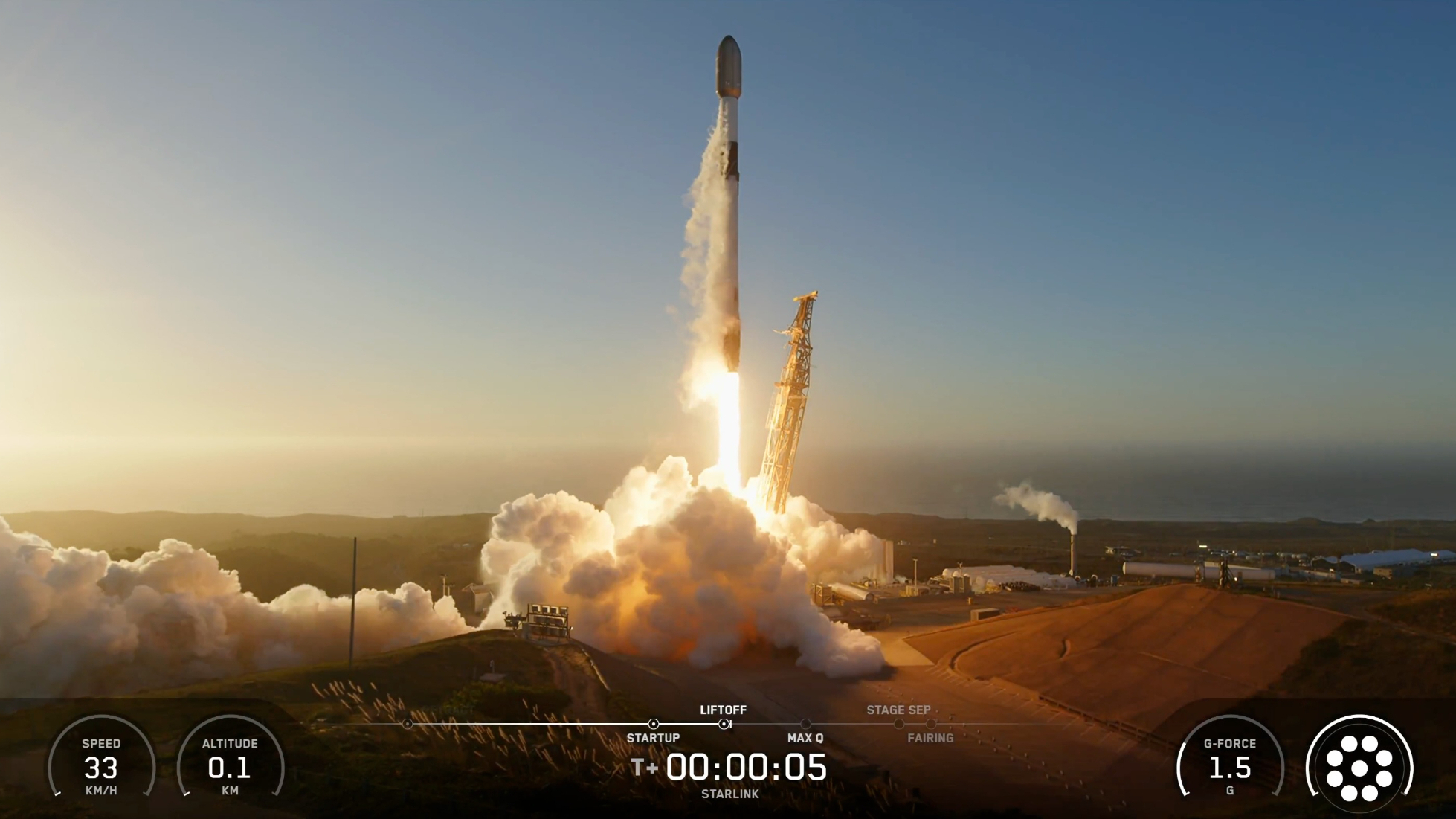Astronomersstudying sound waves on a distant star have discovered that it has a magneticcycle similar to our sun's solar cycle.
The findmarks the first time astronomers have detected a star's magnetic cycle using amethod called stellar seismology, which monitors the vibrationsinside a star. The result could help researchers learn more about the innerworkings and evolution of stars, including our own sun.
"Thisis one piece of a larger puzzle that should help us better understand thesun," said study co-author Travis Metcalfe of the National Center forAtmospheric Research in Boulder, Colo.
Sound onan alien star
The researchteam, led by Rafael Garcia of the Center for Nuclear Studies in Saclay, France,examined a star known as HD49933. The star is about 100 light-years from Earthin the constellation Monoceros, and is20 percent more massive than the sun.
Using theCoRoT (COnvection ROtation and planetary Transits) satellite, the astronomersmeasured the star's acoustic fluctuations, which CoRoTdetected as slight variations in light intensity. By analyzing the vibrations,the researchers were able to map out some key details of HD49933's magneticactivity cycle.
"Essentially,the star is ringing like a bell," Metcalfe said in statement. "As itmoves through its starspot cycle, the tone and volume of the ringing changes ina very specific pattern, moving to higher tones with lower volume at the peakof its magnetic cycle."
Breaking space news, the latest updates on rocket launches, skywatching events and more!
Astronomershave observed magnetic cycles in other stars before. But they had never done sousing stellar seismology, which should prove to be a powerful tool goingforward.
"Thistechnique of listening to the stars will allow us to examine potentiallyhundreds of stars," said study co-author Savita Mathur, also of theNational Center for Atmospheric Research, in a statement.
Veryshort star cycle
Theresearchers detected "starspots" on HD49933's surface, areas ofintense magnetic activity analogous to sunspots. And they found that the star'smagnetic activity cycle lasts less than a year. Past surveys of stars havefound cycles similar to the sun's 11-year one.
HD49933'sshort cycle should be intriguing to scientists because it may enable them toobserve an entire cycle more quickly. Scientists could thus glean moreinformation about magnetic patterns than they could by observing parts of alonger cycle.
"We'rehoping short cycles turn out to be common, so we'll be able to see a full cyclein lots of stars," Metcalfe told SPACE.com.
The NextStep
Ifscientists can observe many stars' magnetic cycles, they might be able torecognize general patterns and figure out what's causing them. This informationcould shed light on the magnetic processes that go on within the sun,furthering our understanding of its influence on Earth's climate.
Suchdata may also lead to better predictions of the solar cycle and resultinggeomagnetic storms that can causemajor disruption to power grids and communication networks.
"Gettinga general sense of space weather is a very useful thing," Metcalfe said."When we only have one star ? the sun ? to look at, we risk getting abiased view."
And theresearchers may soon be able to start getting such a general sense of spaceweather. They plan to monitor the sound waves of more stars, using both CoRoTand NASA's Keplerspace observatory, which was launched in March 2009.
Metcalfeis particularly excited about what Kepler ? which will provide continuous dataover three to five years from hundreds of stars ? may be able to show them.
"Kepleris an unblinking eye," he said. "It's going to be looking for yearsat a time, and that's very powerful."
The teamreports its findings in the Aug. 26 issue of the journal Science.
- Gallery:Solar Storms
- Gallery:Hyperactive Sun
- Video: Star Song: Eavesdropping on the Sun
Join our Space Forums to keep talking space on the latest missions, night sky and more! And if you have a news tip, correction or comment, let us know at: community@space.com.

Michael Wall is a Senior Space Writer with Space.com and joined the team in 2010. He primarily covers exoplanets, spaceflight and military space, but has been known to dabble in the space art beat. His book about the search for alien life, "Out There," was published on Nov. 13, 2018. Before becoming a science writer, Michael worked as a herpetologist and wildlife biologist. He has a Ph.D. in evolutionary biology from the University of Sydney, Australia, a bachelor's degree from the University of Arizona, and a graduate certificate in science writing from the University of California, Santa Cruz. To find out what his latest project is, you can follow Michael on Twitter.
